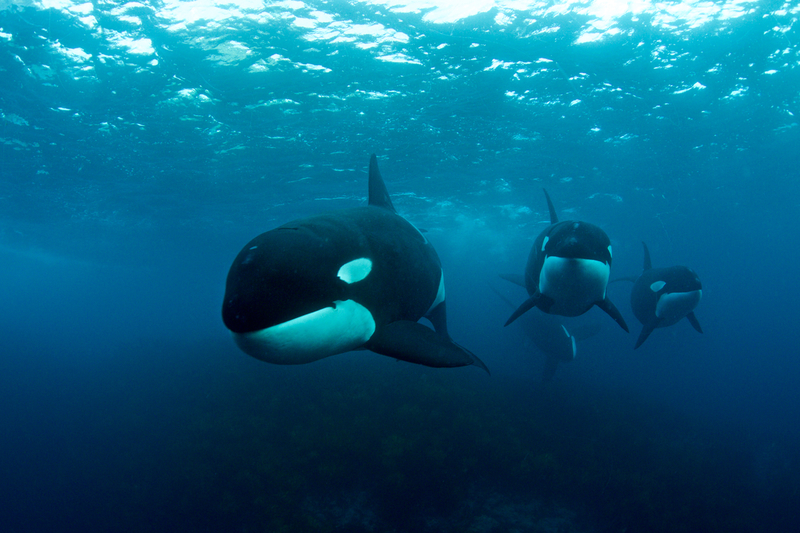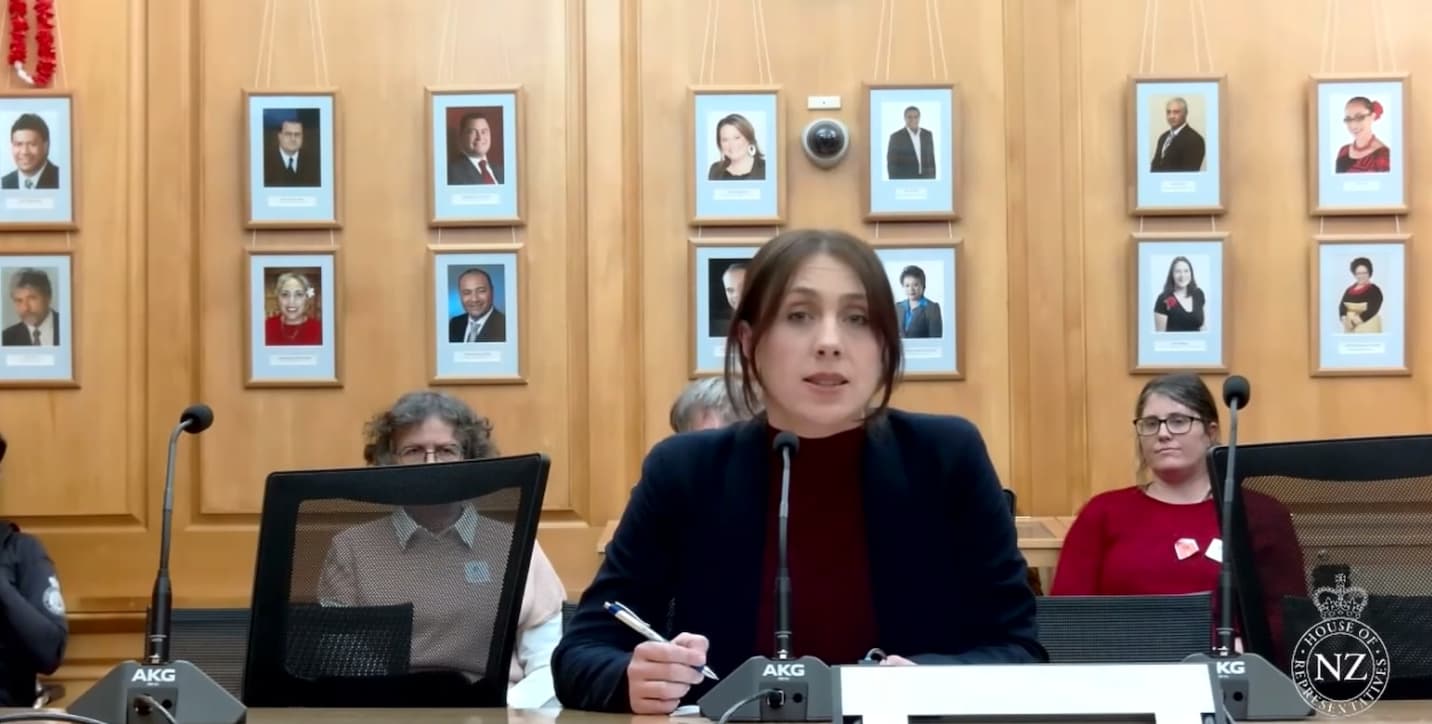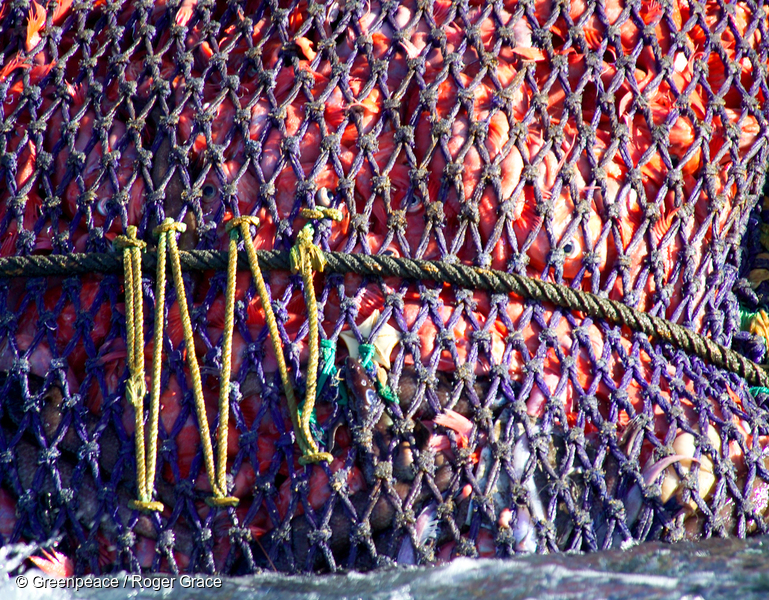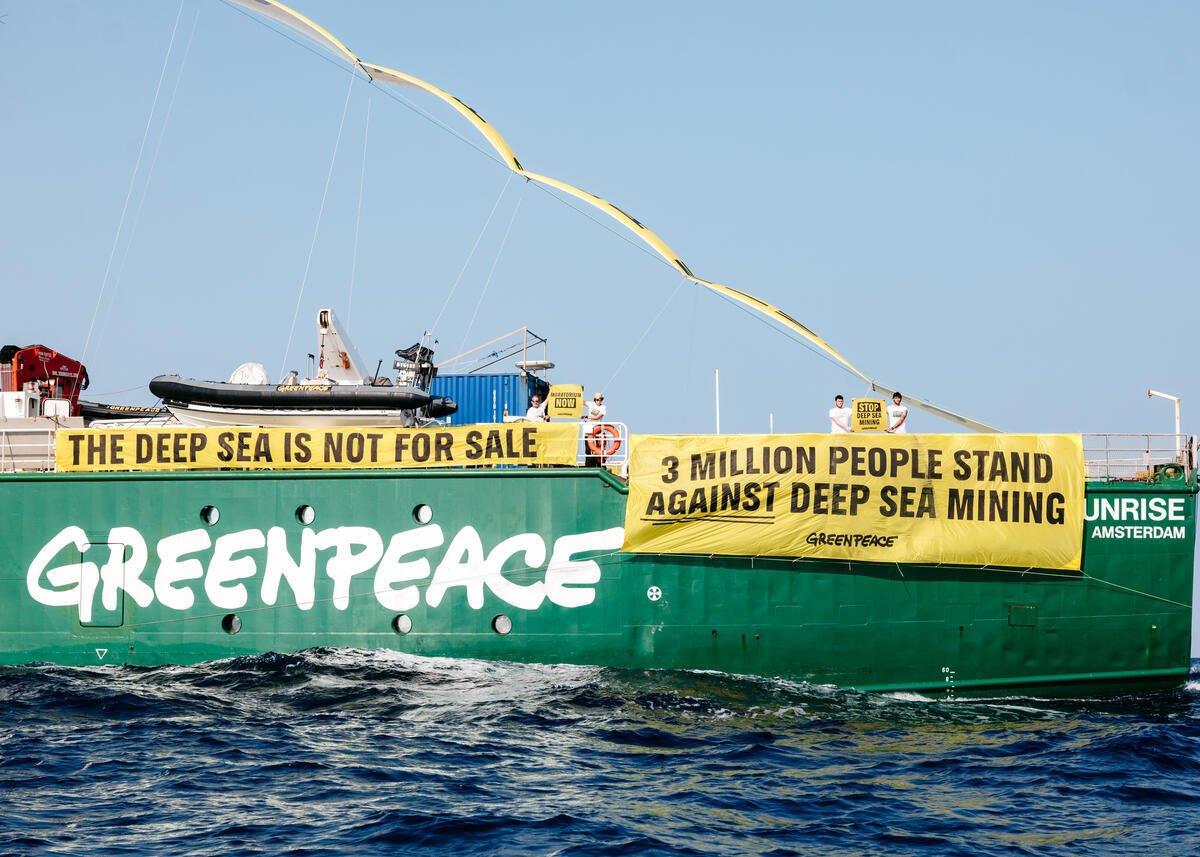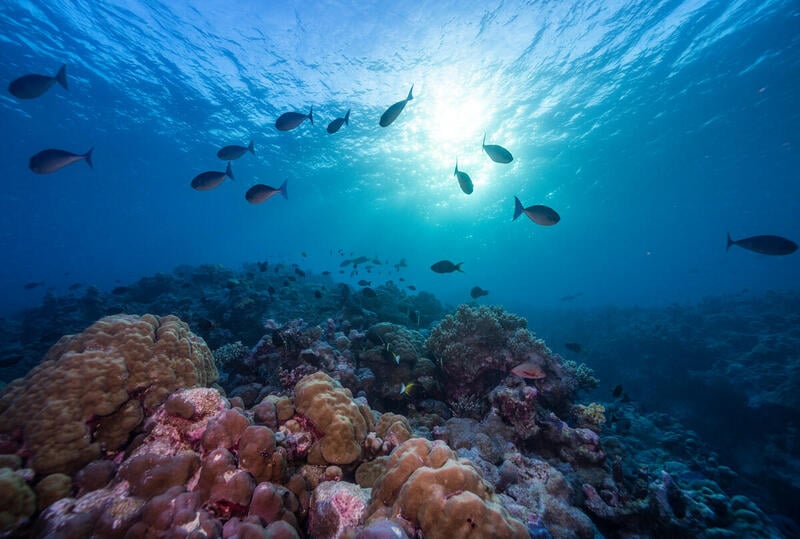
The ocean covers about 71% of the Earth’s surface and is home to an incredible diversity of life. It plays a vital role in regulating the Earth’s climate, supporting marine biodiversity, and providing food and livelihoods for billions of people. However, the world’s oceans face extreme and growing threats from human activity, from pollution to overfishing and climate change.
A recent report from Greenpeace, 30×30: From Global Ocean Treaty to Protection at Sea, details the shocking cumulative threats facing the oceans and the pressure this is causing to ocean health and, by extension, the overall well-being of our planet.
The solution? Scientists have identified that at least 30% of the world’s oceans must be protected as ocean sanctuaries by 2030. This is the bare minimum needed to avoid the worst of the climate and biodiversity crisis.
What are Ocean Sanctuaries?
Ocean sanctuaries, also known as marine protected areas (MPAs), are designated areas within the world’s oceans and seas that are set aside for conserving and protecting marine ecosystems and biodiversity.
Here are five reasons why we urgently need ocean sanctuaries:
1. Biodiversity conservation and ecosystem resilience
Ocean sanctuaries provide a safe haven for marine life, protecting a wide variety of species, including endangered and vulnerable ones. By preserving biodiversity, these areas help maintain the balance of ecosystems, including coral reefs, kelp forests, seagrass beds, and other critical habitats. Conserving these diverse habitats ensures the long-term survival of various species and reverses wildlife decline.
Healthy oceans with diverse ecosystems are more resilient to environmental stressors such as climate change, pollution, and overfishing. By protecting these areas, we can mitigate the impacts of these destructive threats and allow marine ecosystems to recover and adapt.
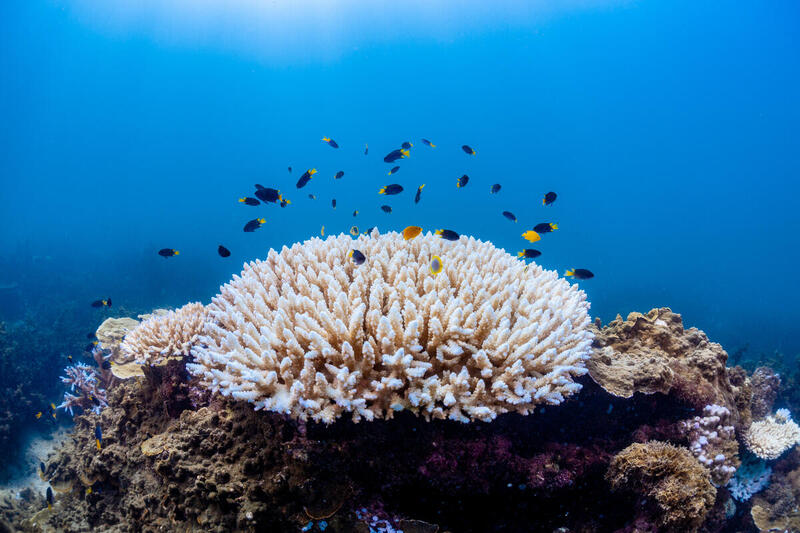
2. Climate change mitigation
Oceans play a significant role in regulating Earth’s climate by absorbing and storing carbon dioxide. Ocean sanctuaries help sequester carbon and reduce the impact of climate change by preserving critical habitats like mangroves, seagrass beds, and coral reefs, which act as carbon sinks. Protecting these vast stores of blue carbon can slow climate change.
3. Fisheries sustainability
Ocean sanctuaries are a refuge for fish populations to replenish, grow and reproduce within their boundaries. Spillover of fish and other marine resources from sanctuaries can lead to higher catch rates in adjacent areas, contributing to the long-term sustainability of fishing. This will safeguard the food and livelihoods of billions of people worldwide.
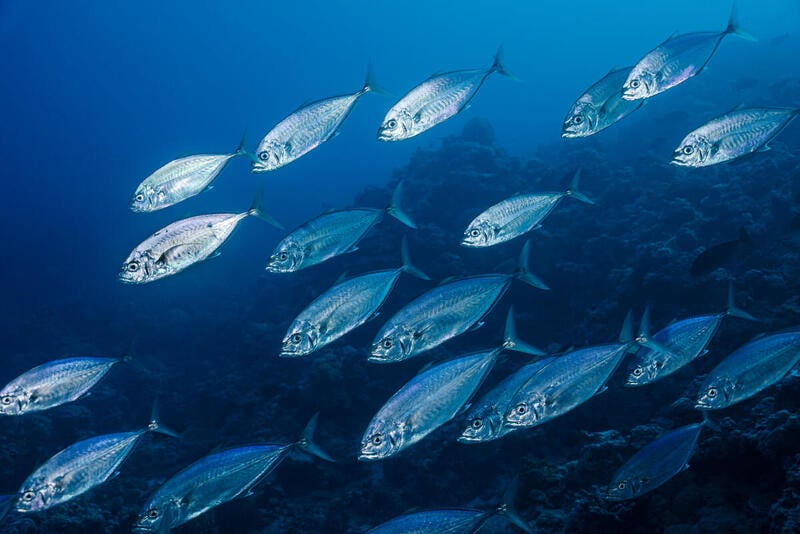
4. Scientific research and education
Protected areas provide valuable opportunities for scientific research and education. They serve as living laboratories where scientists can study natural ecosystems, track changes over time, and develop a better understanding of the marine world. This knowledge is essential for making informed conservation and sustainable resource management decisions.
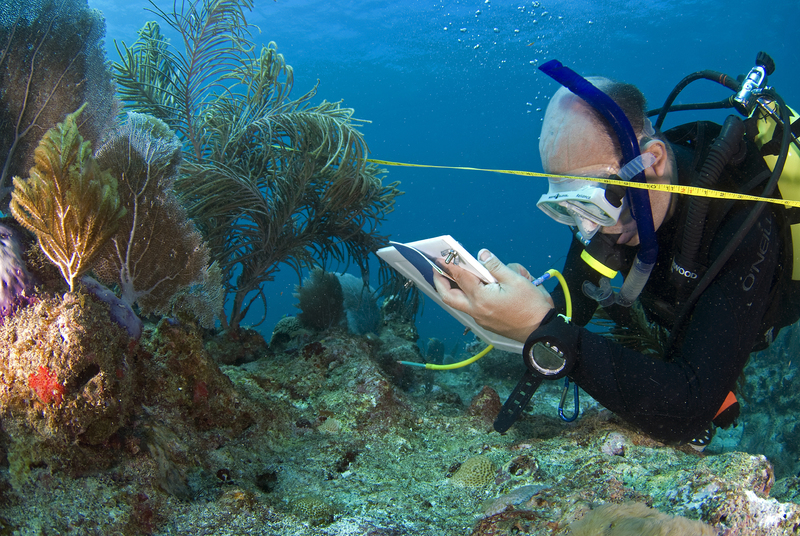
5. Cultural and indigenous values
Many indigenous communities have deep spiritual and cultural connections to the oceans and the marine life within them. These connections are often rooted in traditional beliefs and practices, with the ocean being seen as a source of life, a place of ancestral importance, and a key component of cultural identity.
Indigenous communities often have a strong sense of responsibility as ecological stewards of their lands and waters. By designating ocean sanctuaries in collaboration with these communities, there is a higher likelihood of effective conservation efforts that respect local customs and knowledge.
How you can help
Ocean sanctuaries are not just about protecting marine life; they are about safeguarding the health of our planet. By creating and expanding these vital areas, we can ensure that Earth’s oceans remain healthy, productive, and resilient for future generations.
In the recent Greenpeace report 30×30: From Global Ocean Treaty to Protection at Sea, three ecologically significant sites were flagged as priorities for protection. In the waters between Aotearoa and Australia, two interlinked areas – the Lord Howe Rise and the South Tasman Sea – are so vibrant and full of life that they are considered top of the list for an MPA site.
But Governments worldwide must make ocean sanctuaries a legal reality in record time. We must make the call for global ocean sanctuaries so loud that governments around the world will have no choice but to listen to the people.
Time is running out for the oceans. Please donate today to end the era of ocean destruction and begin the age of ocean protection.
